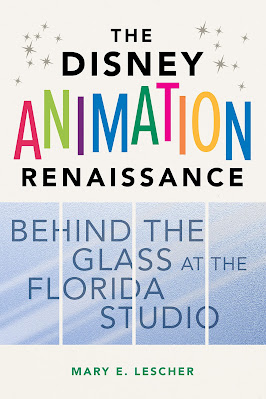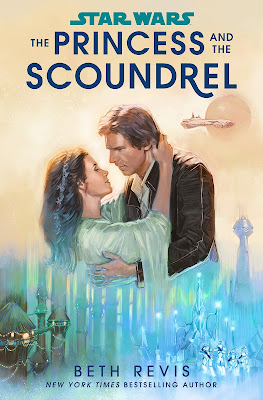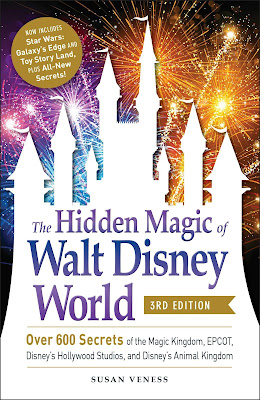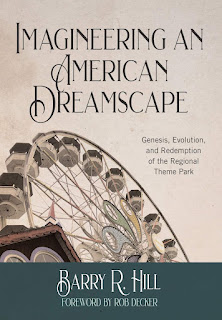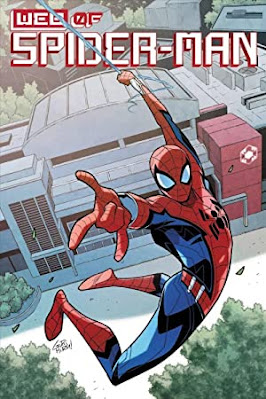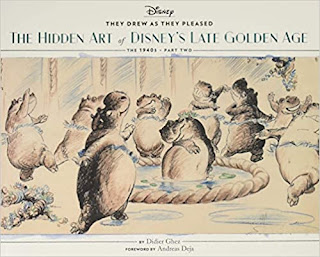The Haunted Mansion adapted by Lauren Clauss, illustrated by Glen Brogan, and designed by Winnie Ho is a Little Golden Book adaptation of the Disney attraction. The book is what you expect from a 24-page Little Golden Book classic. The story walks readers through The Haunted Mansion, from entrance to exit. Each page is illustrated with new art from Brogan that highlights each significant set within the classic attraction, specifically the Disneyland version. Clauss provides new text mainly focusing on a young guest experiencing the attraction while using some quotes directly from the ride.
The Haunted Mansion is really what you would expect and hope for in a Little Golden Book version of the story. The text is short, easy to understand, kid-focused, and often original instead of just lifting quotes directly from the attraction. The images are playful takes on the images found in The Haunted Mansion, though they often make the potential terror more kid-friendly. For example, we do meet the bride Constance. But Brogan leaves her without her tool of choice and does not fully reveal her grisly hobby.
The Haunted Mansion is playful and fun. It could potentially spoil a first-time rider's experience. But it could also help a youngster, or in my case years ago grown-man, who has anxiety about potentially scary things and what they could experience in their doom buggy. The book could also help a youngster who enjoyed the attraction and returned Between Disney in keeping the fun in their heart alive.
This post contains affiliate links, which means that Between Disney
receives a percentage of sales purchased through links on this site.

